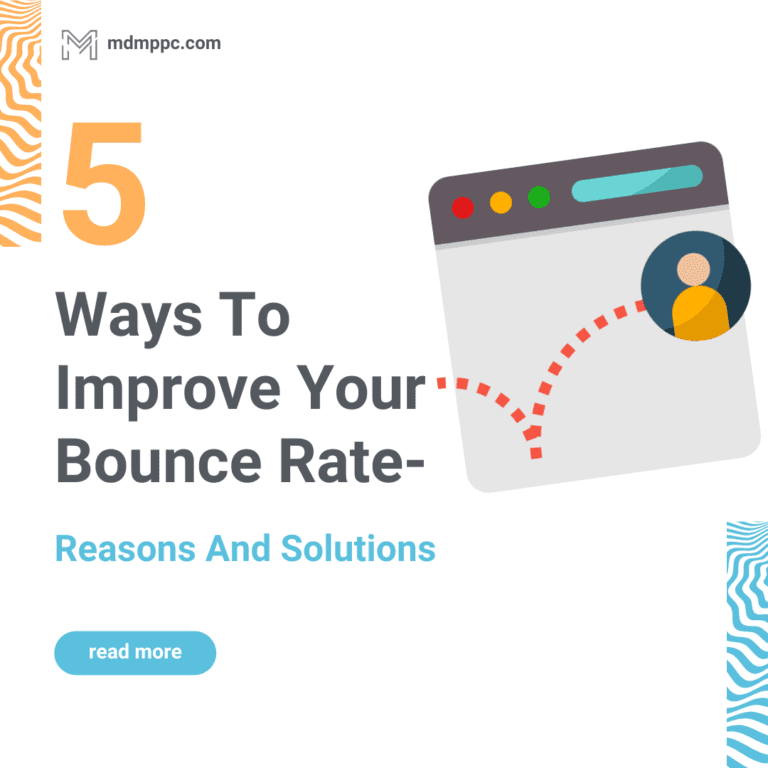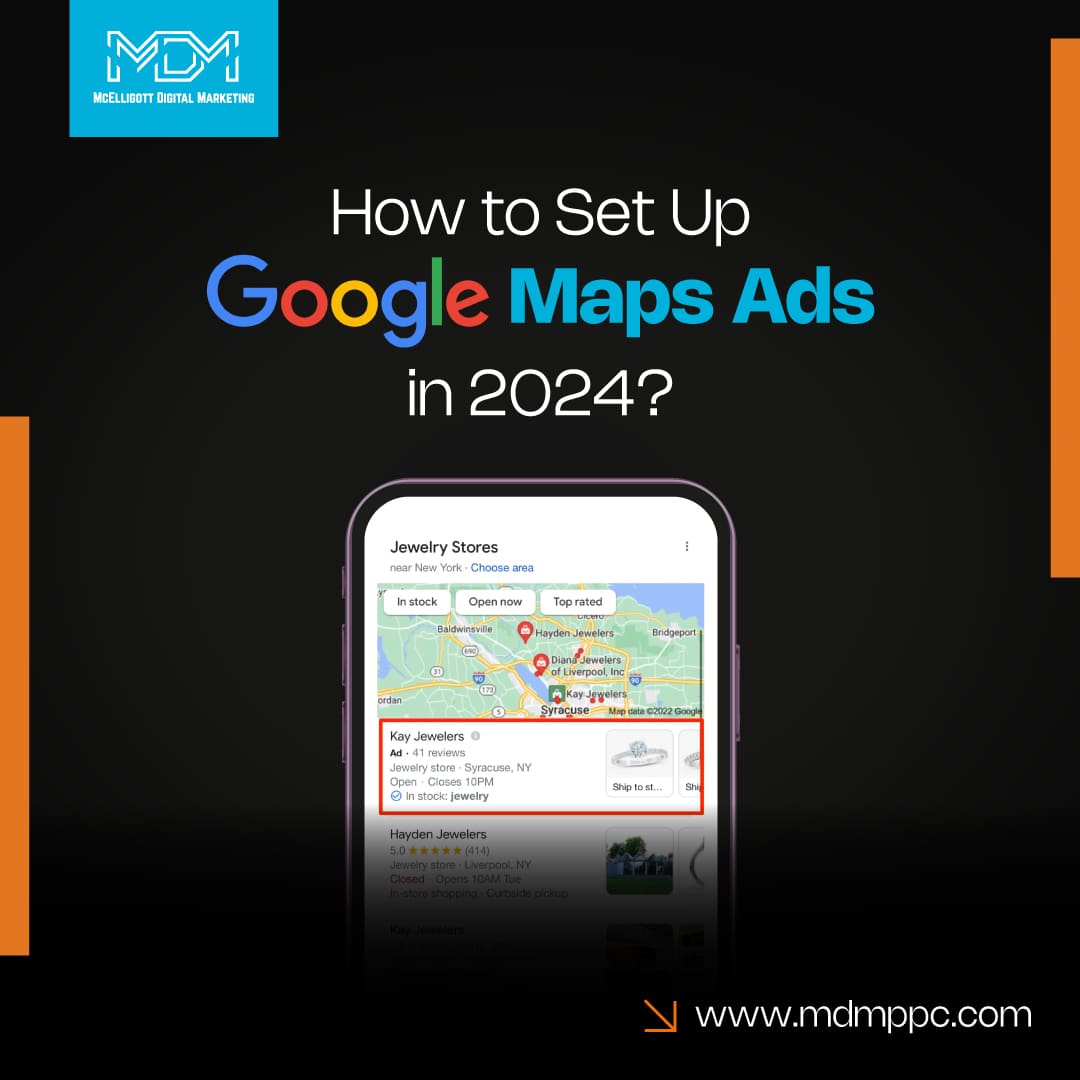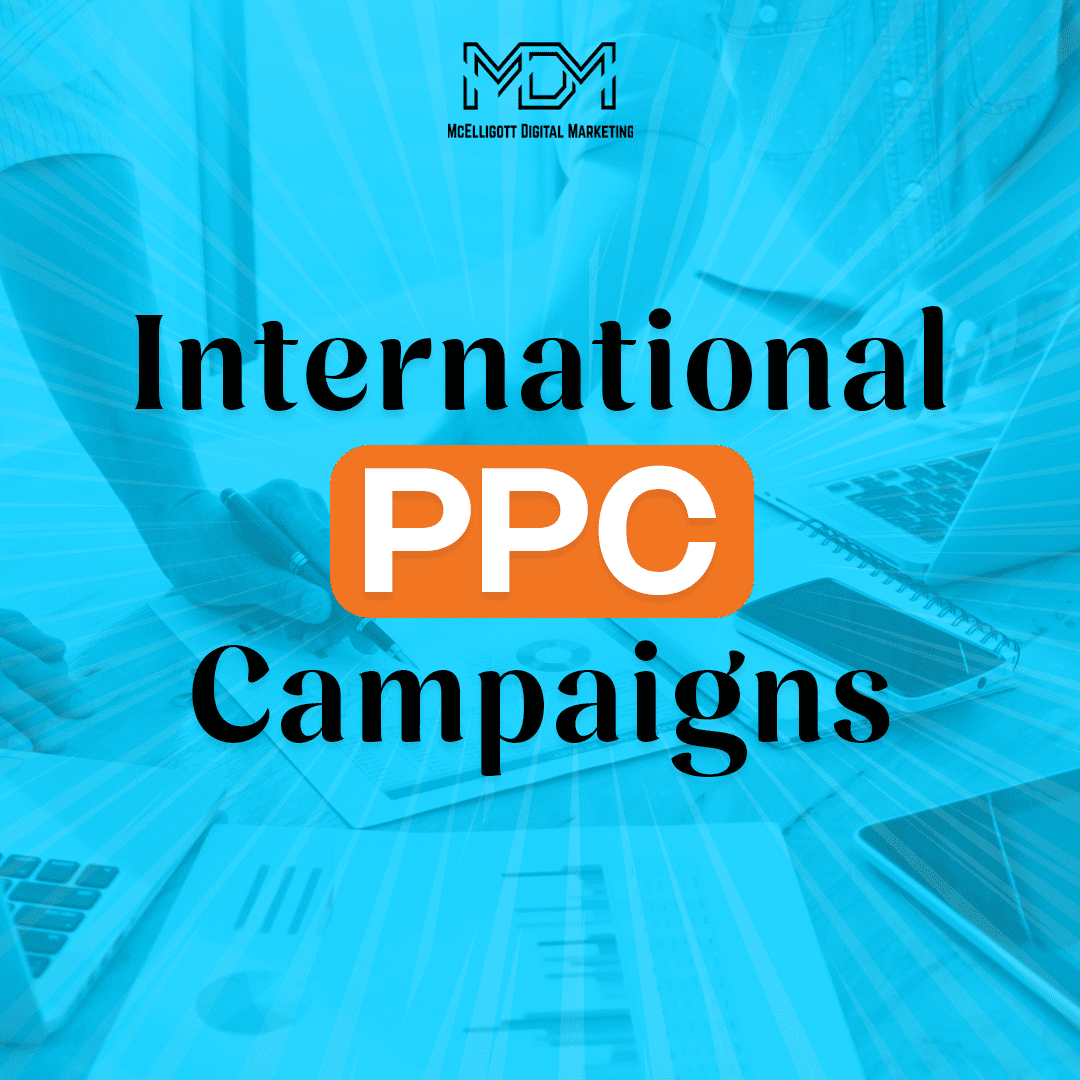Are visitors leaving your website without taking any action, say filling out a form, clicking on a link, or buying your services?
The thing we are talking about here is Bounce Rate, and it could be one of the prime factors behind your dipping sales.
A higher bounce rate says that you have a poorly constructed website, and if reports read lower bounce rates, that means your site is faring smoothly.
Understand it this way- you’ve invested $100 to run Google Ads for the garage door repair business, but lately, you are not getting customers to seek your services.
If you did everything right with setting the ads, keywords, ad copy, what could possibly go wrong?
You look at the performance of your website, and interestingly, you find a pattern that people are immediately abandoning your site after clicking on the link. This could indicate one or more things with your website that need to resolve. We will discuss that later in the blog.
The time for which a visitor remains on your site or navigates further after clicking on the link- ‘dwell time‘ is an important metric.
On average, a user is likely to stay even less than 15 seconds on your site! So you’ve got not more than 15 seconds to capture the visitor’s attention and hold them to stay or navigate further.
If visitors are spending more time on your website, it’s also going to improve your Google rankings.
In this blog article, we’re going to cover what bounce rate is, the reasons for bounce rate, and how to improve your bounce rate.
What is Bounce Rate?
When a visitor sees only one page of the site and doesn’t trigger any action further, it’s called a ‘bounce’ according to Google Analytics.
Suppose a visitor clicks on one of the product ads you’re running on Google, but after visiting the site, he doesn’t take any further action, say contact you or place an order, fill a form, take up a questionnaire, etc.
So the percentage of user sessions that are bounces is what we know as ‘bounce rate.’ A high bounce rate could mean lots of things, but primarily, it indicates that your consumer isn’t exploring your site.
Take an instance to get it better.
Joshua is selling women’s apparel online. One of his campaigns is based on women’s apparel, and he’s experimenting with different keywords to find the campaign that brings more sales to his business.
He chooses two ad group themes- A, which is focussed on women’s apparel, and B, which is focussed on women’s wedding party wear’.
When Joshua looks at his clickthrough rate(CTR) for both, it turns out that more people are clicking on the ‘A’ ad group than those who click on the ‘B’ ad group. So which ad group would you think Joshua will consider more successful? ‘A,’ right?
But things are not that obvious. When he adds the Bounce Rate column to the ad group reports, he is confronted with a new piece of important information.
While the ‘women’s apparels’ ad group sees a higher CTR, 8%, as compared to the CTR of the ‘women’s wedding party wear’ ad group, 6%, the ‘women’s apparel’ ad group also has a higher bounce rate 60%.
It means 60% of the visitors who arrive at the site from clicks on the ‘A’ ad group are not staying on his site to explore further or buy his product. ‘A’ ad group is getting a lot of clicks, but they are not the ones Joshua wants. Why? Simply because they are not valuable to him.
Meanwhile, the ‘B’ ad group has a lower
bounce rate(30%), which means people are most likely staying on his site and exploring.
So, having a lower bounce rate is more valuable than merely more clicks because people want to stay on your site and look for more you have to offer.
Difference between Bounce Rate and Exit rate
While Bounce Rate and Exit sound similar, they have a major difference.
As earlier we defined, Bounce Rate is the percentage of visitors that land on a page and then leave the page without any further actions.
While Exit Rate means the percentage of people that leave a specific page(even if they didn’t directly visit the page after clicking on a link).
Take an example – when you click on a link and land on the homepage of a website. A few moments later, you hit the browser’s back button.
That’s called a bounce on your homepage.
On the other hand, you click on the link, reach the homepage, and then you navigate to the services page of that website. But for some reason, you close the browser.
Now that you clicked on something on the homepage, that’s not a bounce on the homepage. And because you didn’t initially land on the services page, it’s not a bounce on the services page either.
In the ad reports from Google Analytics, it increases the services page’s Exit Rate. If the Exit Rate of any specific page is high, it’s an alert that the page needs some fixing.
5 Reasons Why Users Leave a Site?
Before we arrive at specific steps to reduce your Bounce Rate, we need to go through the most common reasons why people bounce.
1. Page Doesn’t Meet Expectation of Visitors
For example, let’s say you’re looking to buy juicers, and you enter the search term ‘buy juicers with free shipping.
You see a Google ad ‘juicer with free shipping.’ However, after clicking on the site, you find yourself on the homepage of the site instead.
As I would expect, you will hit the browser’s back button and bounce back to the search page that is 100% about juicers.
This is an instance of an ugly design that kills the deal in the very first step. A good-looking site is not enough; it should be a super easy experience for the visitor.
Let’s take another example of misleading sites, which are built on the very anticipation of misspellings by users.
It’s a common mistake to type youtube.com as yuotube.com. This mistake is well leveraged by some of the sites which have the same domain name as the misspelled word.
Reasons- to siphon a small portion of web traffic from some of the high-traffic websites like youtube.com, or even illegally collect the login credentials of the visitor.
However, there’s much more to do than just not being misleading, and addressing your web design is a good way to start.
2. Bad Content
Your visitors are often there at your site to learn. The majority of the traffic from your site is there looking for an answer or to get some information about your services or products, or to know about another topic.
If the content on your site is not relevant to supply that answer or it’s tough for them to find it, they aren’t going to waste another second on your site.
That’s why marketers are continuously optimizing content creation and keyword selection to develop relevant content. The content created around those subjects should be able to help answer common questions.
So make sure that your web content clearly and concisely answers the queries of your audience.
3. Slow Loading Time
With faster internet, people expect sites to load instantly and any page failing to load 2 seconds sees a higher bounce rate.
You have to look out for reasons for slow loading, whether it is too much stuff on the page or something else. And every element of the page must load quickly, from the page layout to text, animation, images, videos, Javascript element, etc.
How to Improve your Bounce Rate?
1. Embed YouTube Video on Your Webpage
Wistia, an online web hosting company, suggests that adding videos to your page nearly doubles the average time spent on the page.
Embedding relevant YouTube videos to your page lowers the Bounce Rate and motivates the visitor to stick with your page for longer.
If you consider a particular video to be informational and useful for your consumers, go on to embed that YouTube video on your page, even if it isn’t yours.
2. Easy-to-Access Content
Please don’t make people work hard when they reach our website.
Your visitors aren’t gonna stick around if the content on the page is overwhelming or too much to go through. Let people easily find the answer they’re looking for.
Your content needs to be less intimidating, and you gotta format it accordingly. Make use of bullets, summaries, small paragraphs, and pictures to make the content more accessible.
3. Optimize Product Pages
A successful product page includes the arrangement of product features, selection of images, product description, and more.
Your product pages need to do their job to persuade people to buy when they visit your site. Keep revisiting the page and brainstorm ways to make the products more appealing.
A good product page ensures that there is the least friction in the checkout process. However, optimizing the product pages is a continuous process.
Write a Clear Call-to-Action
Many pages on your site require an action from the visitor, and that action should be very clear to the visitor.
It’s a good idea to have one CTA per page. And avoid placing multiple CTAs as it might confuse your customer.
Write one clear CTA for each page and let the decision-making be easy for the visitor!
5. Bounce Rate is Not Always Bad
Suppose a visitor is looking for how to install a particular product at home on your website.
By going through your page, he easily finishes off that installation in a few minutes and then leaves your site.
That means it;’s not bad at all, having your audience consume information from your site. So before deciding whether that bounce rate is bad for business, cross-reference it with the time on site.
We are confident that this guide will help you reduce bounce and save time.
If you have something to ask, our experts at McElligott Digital Marketing are happy to answer!





